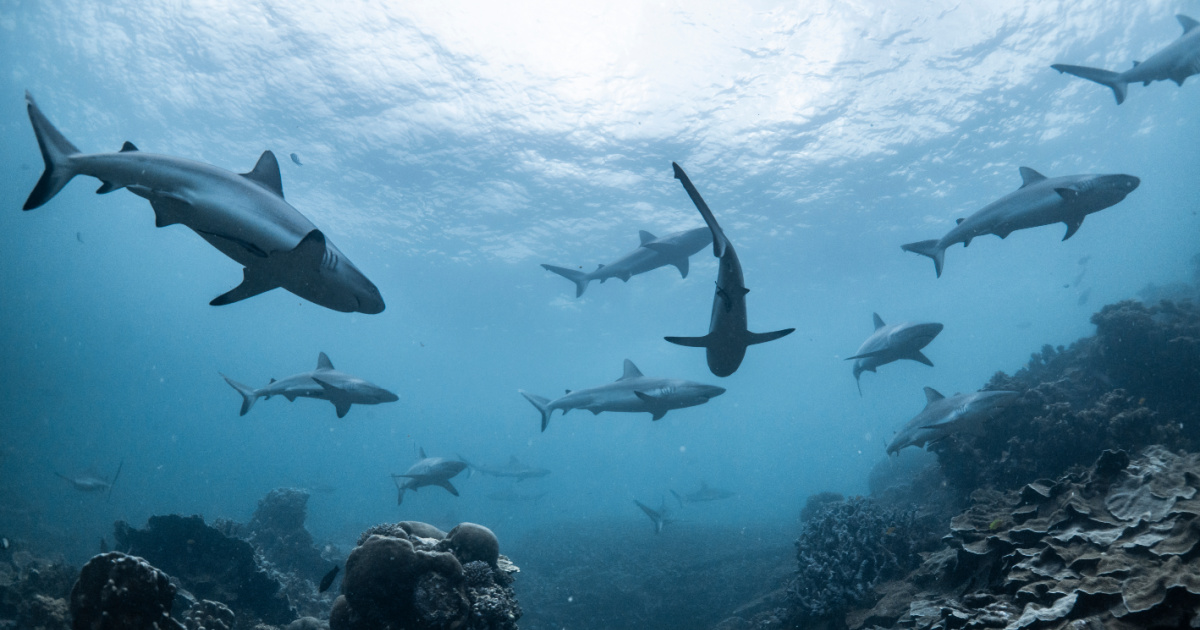
Underwater animals are so varied and so strange, that it’s easy to forget that a good number of beings that live in the ocean are actually mammals just like us.
Sharks, though, no matter certain hallmarks, aren’t mammals at all, but fish.
There are two classes of fish – bony fish (Osteichthyes) and cartilaginous fish (Chondrichthyes). Sharks – all 500 species – belong to the latter class, as they have jaws and skeletons that are made of cartilage, not bone.
Whales, dolphins, porpoises, and seals, on the other hand, are marine mammals. The first three are closely related members of the infraorder Cetecea, while seals – like sea lions and walruses – are members of Pinnipedia.
That’s why the blue whale is not only the largest creature in the sea, but the largest mammal, period.
What about whale sharks, you ask?
They are sharks, not whales, and are fish and not mammals.
If you’re curious where the lines are drawn as far as classifying mammals, here you go:
First, whales breathe air with blowholes and lungs similar to humans. Sharks, on the other hand, filter oxygen from the water through gills. They do not have lungs and cannot survive on the surface without water.
Except for “walking” sharks, that can go a bit longer without water in order to hunt.
The second key difference is how they reproduce. Whales, seals, and dolphins reproduce by internal fertilization, their babies born live and sustained on their own milk.
Though some sharks do give birth to live young, others lay eggs, and none sustain their babies by producing milk.
One more fun fact?
Sometimes whales have hair.
You’re welcome!
Thought that was fascinating? Here’s another story you might like: Why You’ll Never See A Great White Shark In An Aquarium